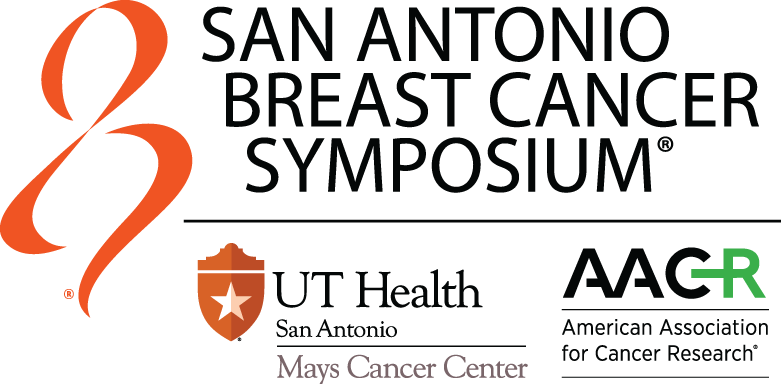Liquid biopsy is not a new concept in the breast cancer field, but there are evolving approaches to its clinical utility and new insights to be learned regarding technology, terminology, markers, and future directions.
Educational Session 2: Liquid Biopsy: MRD, ctDNA, and Monitoring Response to Treatment during the 2024 San Antonio Breast Cancer Symposium® will provide a review of current technologies and their optimal applications, including for detecting disease early, monitoring in real time, and predicting patient response to therapy. The session will take place on Tuesday, December 10, from 4 to 5:45 p.m. CT in the Hemisfair Ballroom 1-2 at the Henry B. Gonzalez Convention Center.
“Liquid biopsy,” as a general term, references measurement of a biomarker in body fluids. Since the term was first introduced, there has been incorporation of techniques that measure circulating tumor DNA (ctDNA) and cell-free DNA (cfDNA), among others. Circulating tumor cells, which play a critical role in the formation of metastasis, leak from the tumor into the bloodstream, allowing both the molecular characterization of the tumor and personalization of therapeutic response. Cell-free DNA are DNA fragments that can come from any cell in the body and are released into the bloodstream after cell death.

“One of the challenges with liquid biopsy is the terminology,” said session moderator Adrian Lee, PhD, Professor of Pharmacology & Chemical Biology and Human Genetics at the University of Pittsburgh and UPMC Hillman Cancer Center. “People use ‘ctDNA’ and ‘cfDNA’ interchangeably even though they don’t represent the same thing. One of the things we will do in the session is level set to make sure that we are all using the correct terminology based on an enhanced understanding of the technology used.”
According to Dr. Lee, ctDNA analysis is one of the most transformative technologies in use, allowing for improved detection of early disease compared with imaging. It is well known that patients with diagnosis at earlier stages of disease have better outcomes, and increased numbers of circulating tumor cells have been determined to be a marker of later-stage disease. Based on this correlation, the Centers for Medicare & Medicaid Services as well as individual private insurance companies have approved coverage reimbursement for specific assays for monitoring for recurrence or progression of disease. However, guidelines do not endorse ctDNA monitoring because of the lack of data supporting its benefit.
Ben Park, MD, PhD, Director of Precision Oncology at Vanderbilt University Medical Center, will provide insights on early detection of disease, as well as the nuance associated with minimal residual disease (MRD). David Cescon, MD, PhD, a medical oncologist and clinician scientist at the Princess Margaret Cancer Centre, will discuss utility in the metastatic setting, including use of MRD to inform decision making.
“Using ctDNA as real-time response monitoring or resistance monitoring, and then adapting therapy to the results, makes a lot of sense. It is what we should be doing, but there are very few data to actually support that,” Dr. Lee said.
More consistent use of ctDNA analysis is leading to more specific questions regarding patient care, such as whether to treat those patients with evidence of MRD but no evidence of disease on imaging. In these situations, treatment too early in the disease could drastically affect a patient’s quality of life and limit future treatment options.
In addition, patients also are becoming more educated about breast cancer through the use of these assays and detailed conversations about the results. Heather Parsons, MD, MPH, a medical oncologist at Dana-Farber Cancer Institute and Assistant Professor at Harvard Medical School, will review current ctDNA and cfDNA technologies and their applications.
Patient advocate Ellen Landsberger, MD, of New York City, will join speakers for a panel discussion.
Despite limitations regarding cost, Dr. Lee is excited about the future of liquid biopsy in breast cancer research and care.
“It’s exciting to see the rapid growth of the assays that are already in use,” he said. “Coupled with discussion of key research findings that we think will be important in the next two to three years, the session speakers and I are very enthusiastic about the content of this session in terms of level setting and raising awareness of clinical utility.”
Access the 2024 SABCS® virtual platform
Watch any sessions you’ve missed and stay connected with fellow attendees in the online platform of the 2024 San Antonio Breast Cancer Symposium®. Recordings of sessions will be available on demand for registered 2024 SABCS® participants until March 31, 2025.

